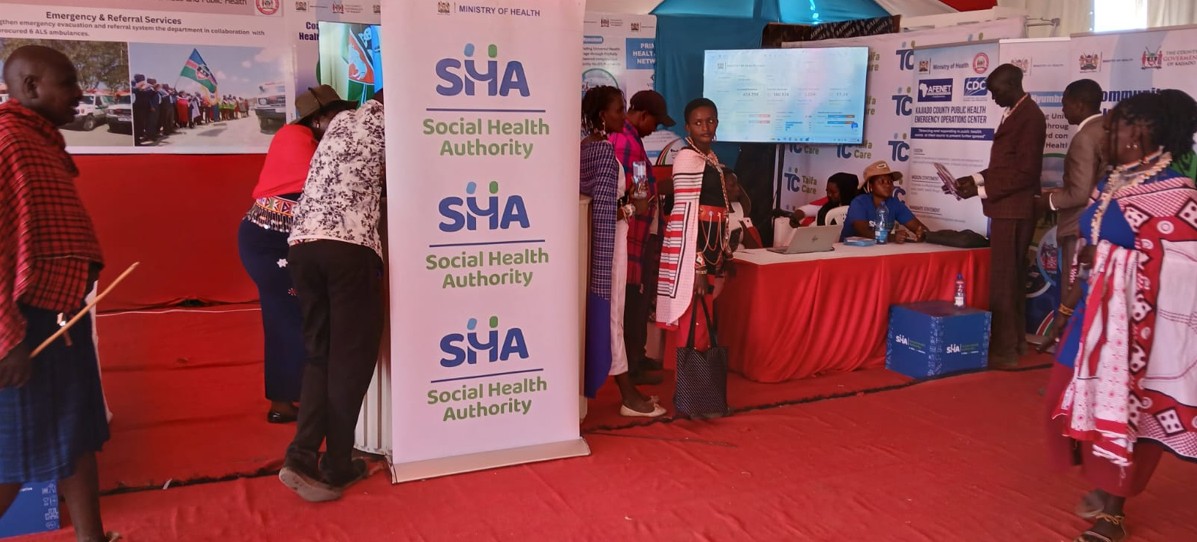Teen pregnancy declines nationally but Mandera sees sharp increase – KNBS report

Notably, Homa Bay and Migori remained among the most affected counties over the decade. Alarmingly, Mandera witnessed the sharpest increase, with rates tripling from 2.1 per cent in 2009 to 6.3 per cent in 2019.
Teenage pregnancy rates among Kenyan girls aged 12-17 years have dropped significantly, according to a report by the Kenya National Bureau of Statistics (KNBS). However, Mandera County recorded an uptick in the cases of teenage pregnancies.
The report reveals a national decline of more than 40 per cent between 2009 and 2019, with the incidence falling from 3.7 per cent to 2.2 per cent.
More To Read
- Kenya sees major boost from visa-free policy as tourist numbers hit 1.8 million
- Mandera County declares severe drought emergency as water sources dry up
- KNBS data shows uneven food price shifts as inflation dips slightly
- How digital platforms are creating new pathways for youth, with riders taking home up to Sh70,000 monthly
- Busia destroys Sh21.9 million worth of heroin, bhang in anti-drug operation
- Gender CS Cheptumo calls for collective action against teenage pregnancies
However, despite the overall progress, glaring regional and socio-economic disparities continue to exacerbate inequalities across the country.
The decline was most notable in urban areas, where teenage pregnancy rates halved from 3.2 per cent to 1.4 per cent during the decade.
Rural areas, on the other hand, recorded slower progress, highlighting a widening gap between urban and rural communities.
"The inequality in teenage pregnancy between urban and rural areas widened over the decade, both due to the higher incidence in rural areas and the slower progress during the period," the report noted.
The report outlines severe disparities in teenage pregnancy rates at the county level. Mandera led with the highest rate in 2019, standing at 6.3 per cent, while Nyeri recorded the lowest at 0.6 per cent.
Other counties with high rates included Migori, Homa Bay, Samburu, and West Pokot, where figures ranged from 4.1 per cent to 6.3 per cent.
Conversely, counties such as Kiambu, Nyandarua, Murang'a, and Makueni consistently reported the lowest rates, ranging between 0.6 per cent and 1.0 per cent.
While some regions like Kisumu, Siaya, Tana River, Nyeri, and Kakamega saw significant reductions of over 60 per cent, others made little to no progress.
Notably, Homa Bay and Migori remained among the most affected counties over the decade. Alarmingly, Mandera witnessed the sharpest increase, with rates tripling from 2.1 per cent in 2009 to 6.3 per cent in 2019.
Counties such as Wajir, Garissa, Marsabit, and Turkana also experienced notable increases.
Socio-economic and demographic factors
KNBS report attributes teenage pregnancy to a range of socio-economic and demographic factors. Girls from larger households, labour-constrained families, or households headed by individuals with lower education levels or disabilities were more vulnerable.
Parental education played a critical role, with only 0.3 per cent of girls whose mothers had completed secondary or higher education experiencing teenage pregnancy, compared to 1.5 per cent among those whose mothers did not complete secondary school.
The report also highlighted the influence of parental employment and living arrangements. Girls whose parents were unemployed or disabled faced a higher likelihood of teenage pregnancy.
Similarly, those without one or both parents or not living with either parent were identified as being at greater risk.
Despite the overall decline in teenage pregnancy rates, the persistent inequalities underscore the need for focused interventions.
The KNBS noted the importance of addressing socio-economic and regional disparities to achieve more equitable outcomes.
"This data highlights the urgent need for tailored strategies to address the socio-economic and regional disparities that continue to drive teenage pregnancy," the report stated.
Top Stories Today













































